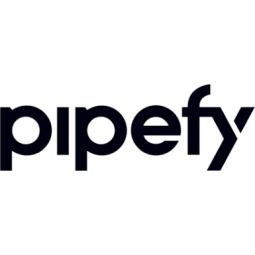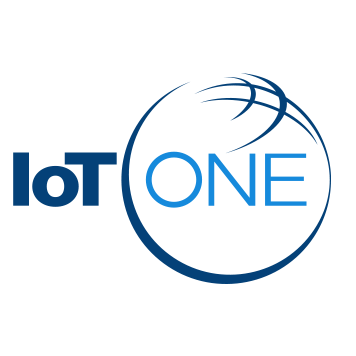Suppliers
United States
Pipefy
Overview
This profile is not managed yet, if you would like to manage
this profile, please contact us at team@asiagrowthpartners.com
this profile, please contact us at team@asiagrowthpartners.com
 |
Pipefy |
| United States | |
| San Francisco | |
| 2015 | |
| Private | |
| $10-100m | |
| 1,001 - 10,000 | |
| Open website |
IoT Snapshot
Technology Stack
Case Studies
Number of Case Studies14
|
Alvaz's Journey to Efficient HR Request Management with Pipefy
Alvaz, a Brazilian agritech company, faced significant challenges due to its rapid growth. With each new crop cycle, the demand for their services increased, leading to a surge in the number of employees and the need for better process organization. In 2019, the company grew from 5 to 20 employees, making traditional methods of communication and process management insufficient. As Alvaz expanded into more countries and Brazilian states, the need for a reliable system to manage employee requests to the central office became evident. These requests were primarily equipment-related, including uniforms, safety equipment, and drone maintenance parts. By 2020, with around 30 employees, Alvaz was frequently missing deadlines and lacked visibility over the status of their many requests. The company needed a solution to manage their requests and improve the employee experience. |
|
|
Maximizing IT Investments and Streamlining Accounts Payable Lifecycle: A Case Study on Ocean Network Express
Ocean Network Express (ONE), the world’s seventh-largest container carrier, was formed following the merger of Japan’s three largest shipping lines in 2017. The merger led to a complex and disjointed process architecture, with a lack of communication between departments and systems posing a significant challenge. The accounts payable process, critical for timely vendor payments, was particularly inefficient, involving three different sub-departments within the finance team. The process was primarily decentralized, managed manually, and often involved a lengthy paper trail. The finance team used spreadsheets to keep the process on track, but it was difficult to manage and standardize. The COVID-19 pandemic further exacerbated these issues, as the shift to remote work made the process unmanageable and hindered seamless communication between the finance sub-departments and systems. The team needed a platform, system, or tool to fit all of their processes in this new reality. |
|
|
Improving Customer Satisfaction Rates with IoT: A Case Study on GE Healthcare
GE Healthcare, a global leader in medical technology and digital solutions, faced several challenges in managing support requests from its channel partners. The company provides medical equipment and services to clinicians worldwide, and when a piece of equipment is down, the channel partner may reach out to GE Healthcare for help. Capturing and managing these support requests was a complex task, often leading to hours spent searching for information. Additionally, GE Healthcare needed to ensure that channel partners were delivering the same level of support to their customers as those supported directly by GE. However, with their existing customer support process, GE managers had little visibility into support requests. They were unaware of the number or status of requests and who was responsible for each. This lack of process control and visibility into channel partners led to the realization that a change was necessary. |



